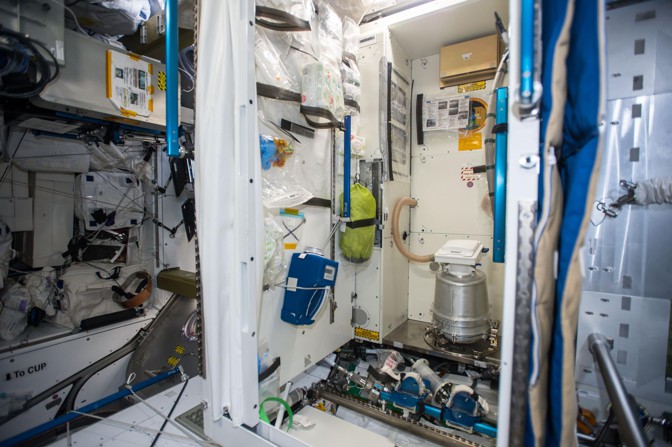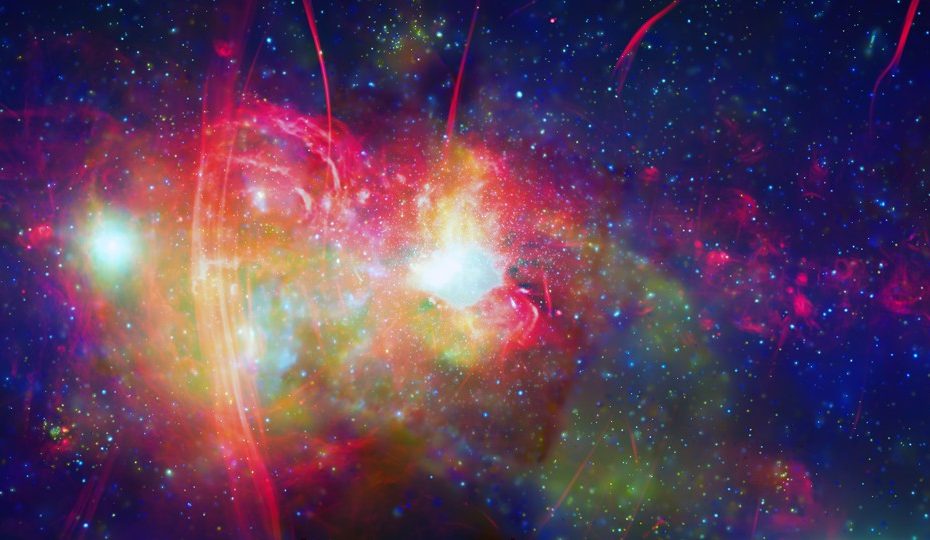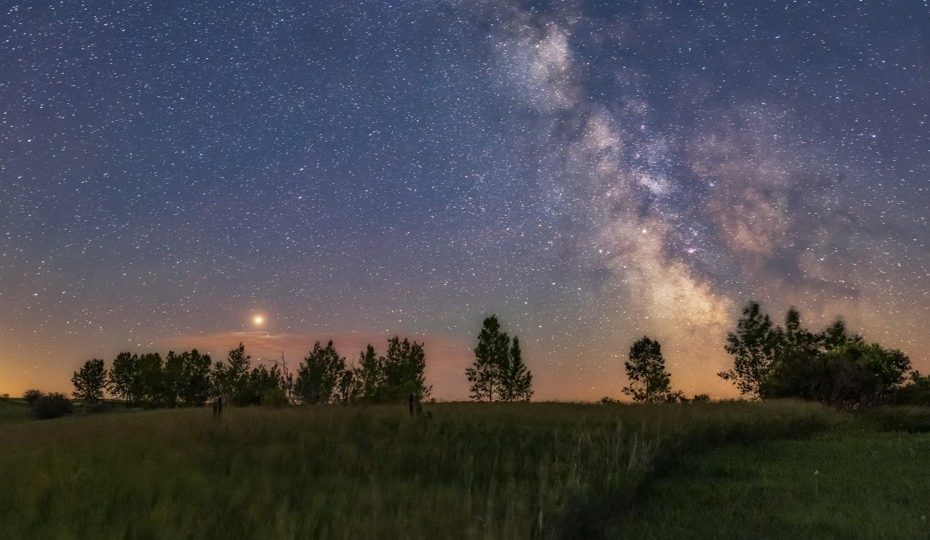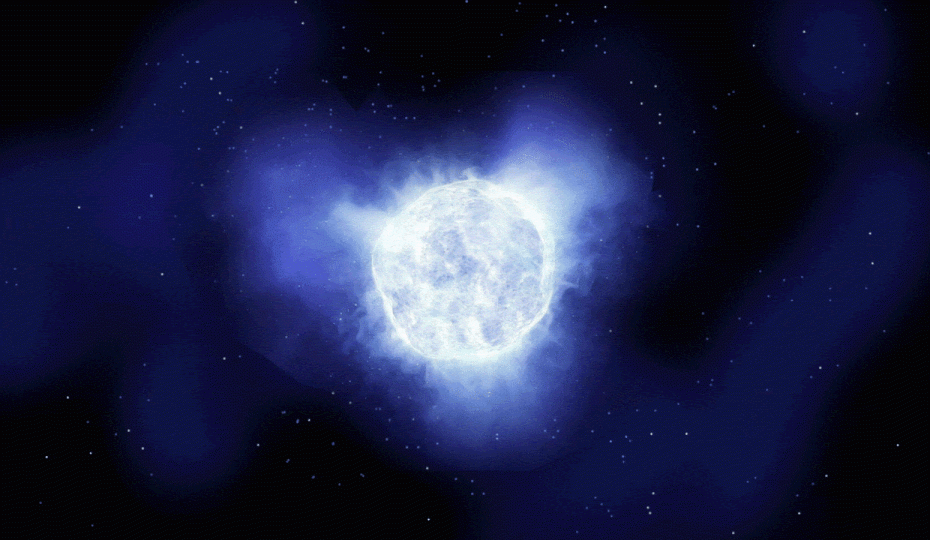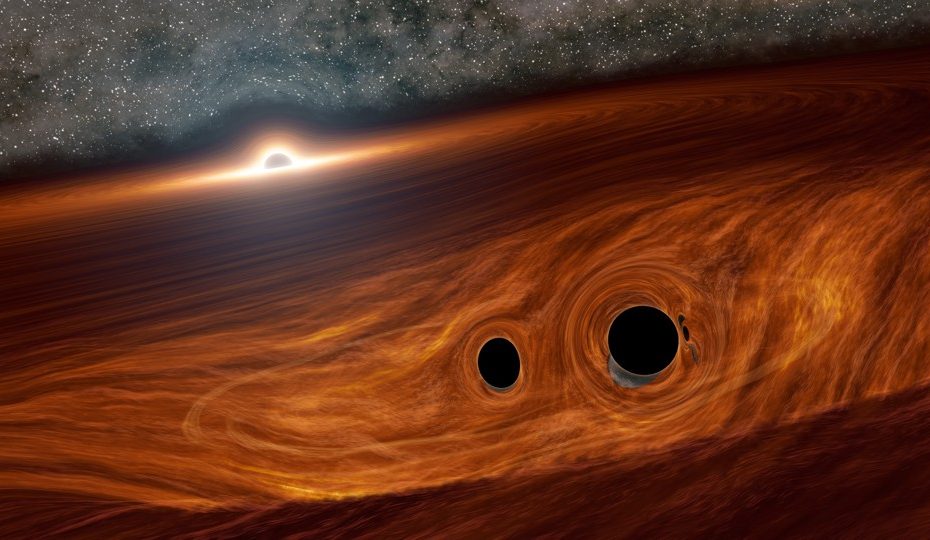A Handful of Asteroid Could Help Decipher Our Entire Existence
Many millions of miles from Earth, an asteroid and a spacecraft are traveling together. The asteroid, as wide as a skyscraper is tall, is ancient, almost as old as the solar system itself. The spacecraft, dispatched more recently, circles the asteroid like a tiny mechanical moon. Tonight, if everything goes as planned, the spacecraft will swoop toward the asteroid, touch its surface, and snatch some rocks before backing away again.


